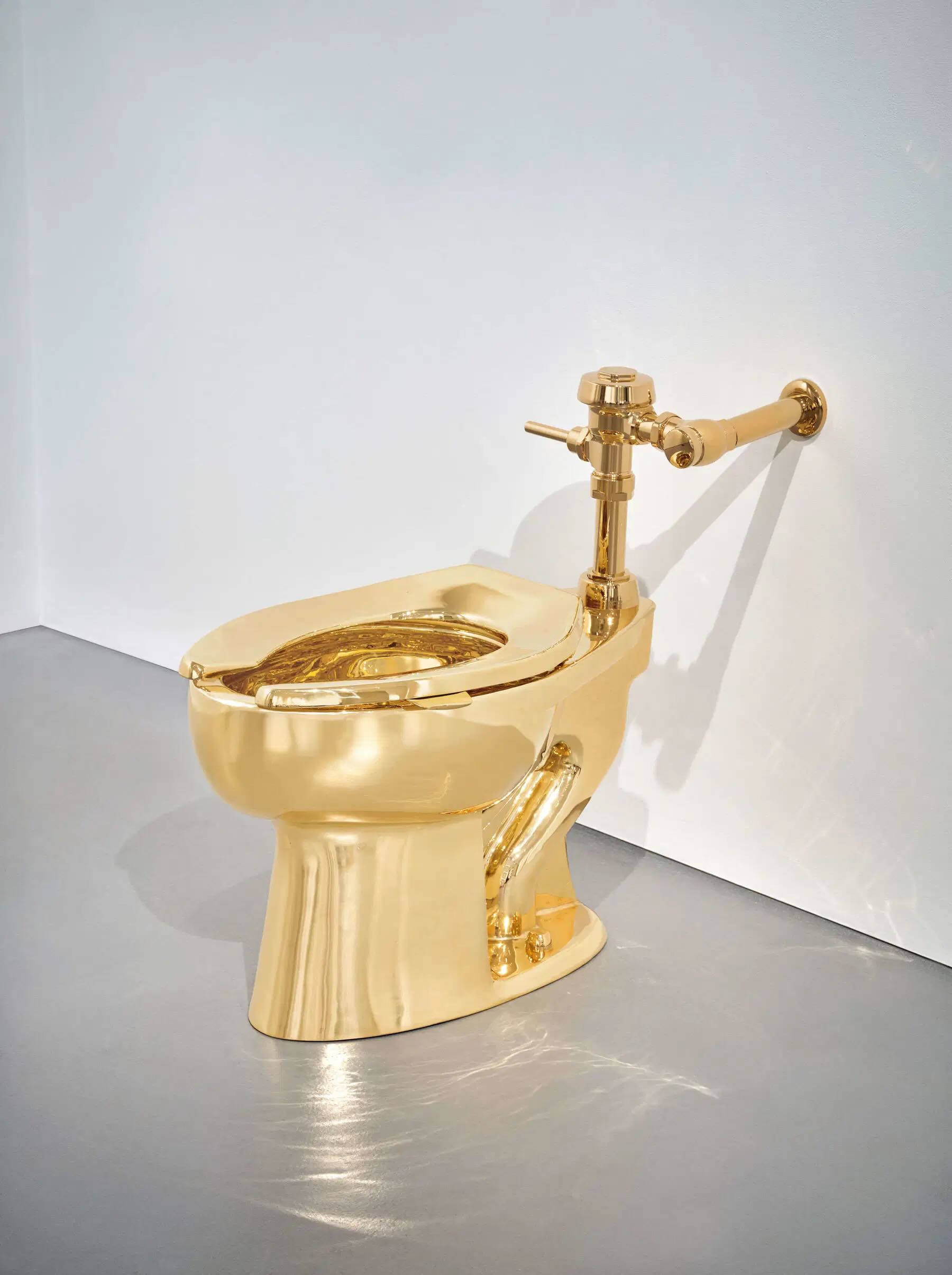The oldest trace a rocking chair is a check bill dated 1742 madd by a carpenter from Philadelphia in the United States of America. The document reads: "A rocking nursing chair". Many people think that it was Benjamin Franklin who launched this type of seat, but this is only because the first mention of the rocking chair on the Oxford English Dictionary dates 1787, more than 45 years after the invoice mentioned above. What is certain is that this is a products of the Enlightenment.
Of course, at that time the reputation of this unbalanced chair was not so much linked to entertainment or meditation, but rather to the environment in which it was used, namely hospitals and mental institutes. This did not make it a very trendy element, yet its ability to lighten the weight of the body gave relief to many disabled people and helped moms to calm down their infants.
The origins of the rocking chair are therefore to be attributed to the New Continent, still a champion of inventions dedicated to relaxation, and in particular to the Shakers religious community that initially gave it that folkloric character recognizable in the wooden sticks, in the simplicity of the stuffed seat and in the two large wooden rockets that supported the structure.
At the beginning it was a seat of convenience and had nothing to do with design. But before the end of the 19th century the Austrian company Gebrüder Thonet decided to launch its own version of the rocking chair, inspired by the branches of the vine. This rocking chair was so perfect that is still a collector's item today. Among the first admirers of this seat that harmoniously assembled sinuous curls of curved beechwood to a comfortable seat in woven Vienna straw, were prominent French artists: Picasso, but also Tissot, Matisse and Renoir.
It is not surprising that the painters of the time, who loved painting en plein air, were fond of this tilting chair that had now taken off as an outdoor seat. Soon, versions of the folding rocking chair which were easier to handle and carry, appeared on the market together with miniature versions created for children's rooms.
In the mid-20th century, after a short period of decline, the traditional rocking chair was relaunched thanks to the President of the United States John Fitzgerald Kennedy. Its version produced by the P&P Rocking Chair Company was designed to relieve back pain and was prescribed to the President by his doctor in 1955. Kennedy owned at least 14 of them at the White House and took one with him every time he travelled on Air Force One. This very simple rocking chair, named the "Kennedy Rocker" made the President's back feel better as well as brought him many votes from the people that owned similar seats at home.
The success story of the rocking chair continues thanks to Danish design which in the 1960s and 1970s proposed modern versions of it. Charles and Ray Eames also enjoyed adding wooden rockers to their famous plastic armchair, and many others continued to reshape this seat which still provides the perfect balance between body health and mind relaxation.
With its sensuality, so suitable for experimentation, the rocking chair persists as a highly inspirational element for designers. Usually produced in small quantities, this chair is neither an office object nor ha home piece of furniture, but has accompanied the thoughts of some of the brightest minds of the last 300 years. Perhaps that's what makes it today the most beloved unnecessary object in design history.






.png)





